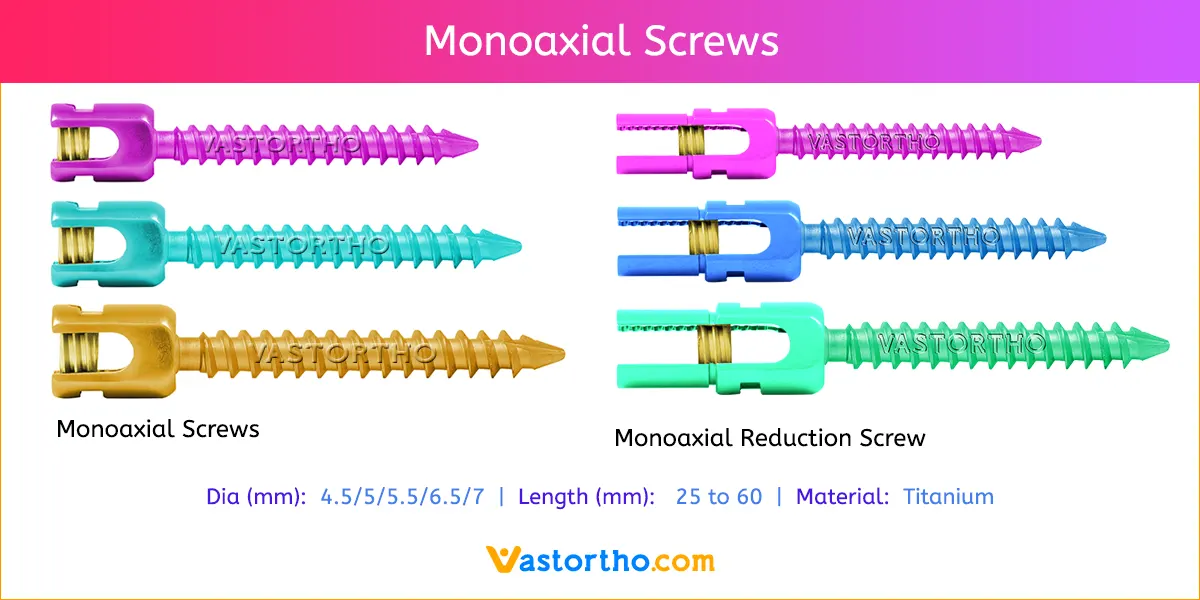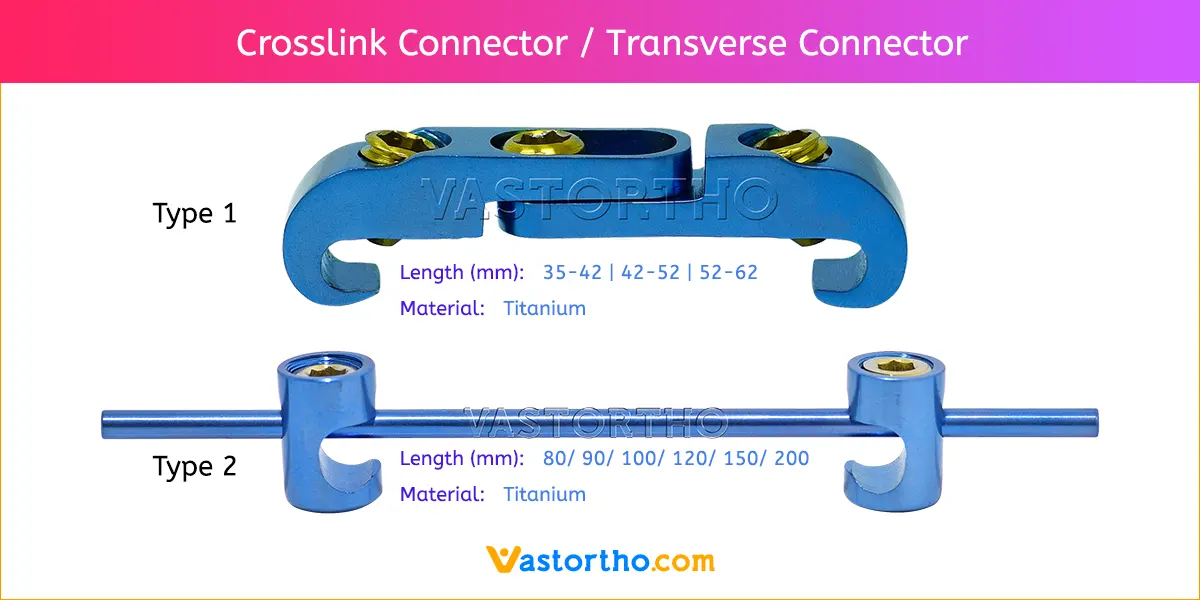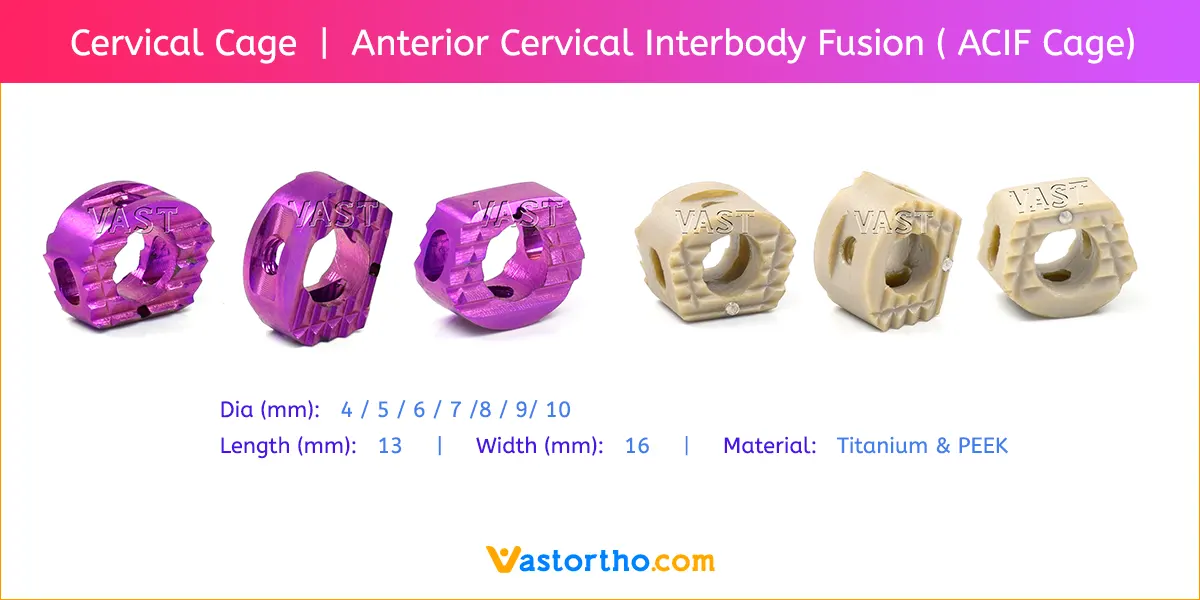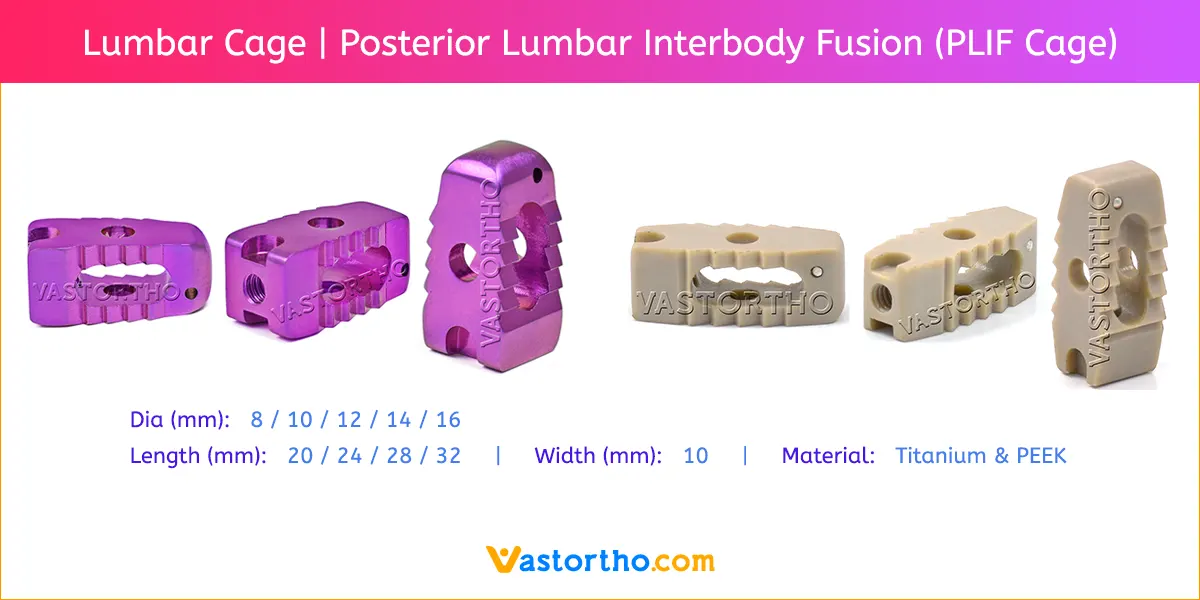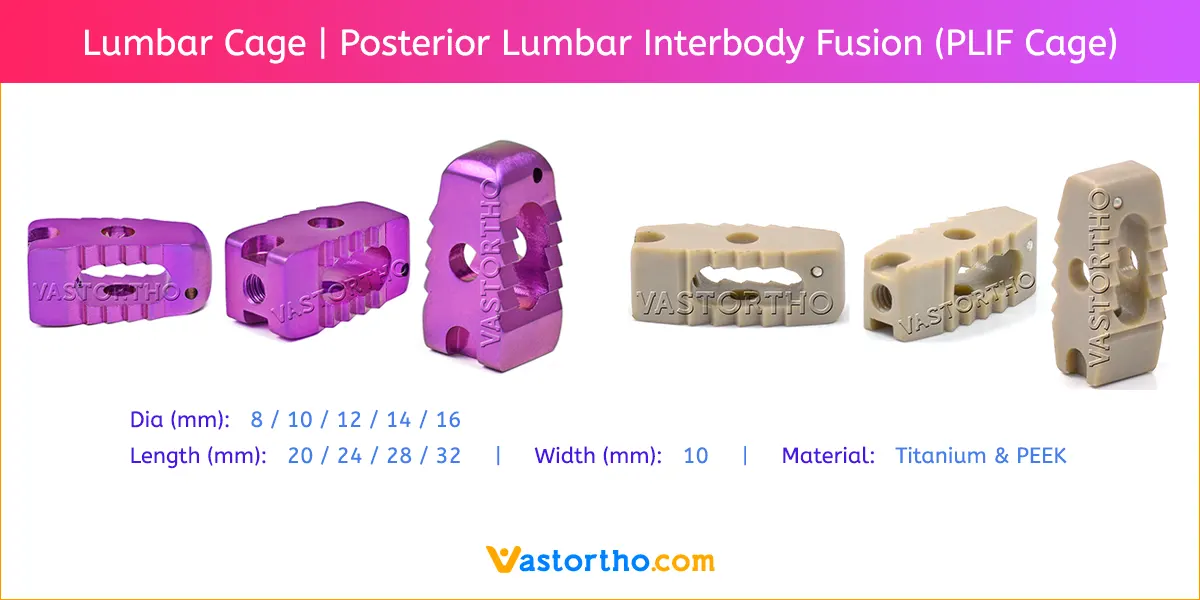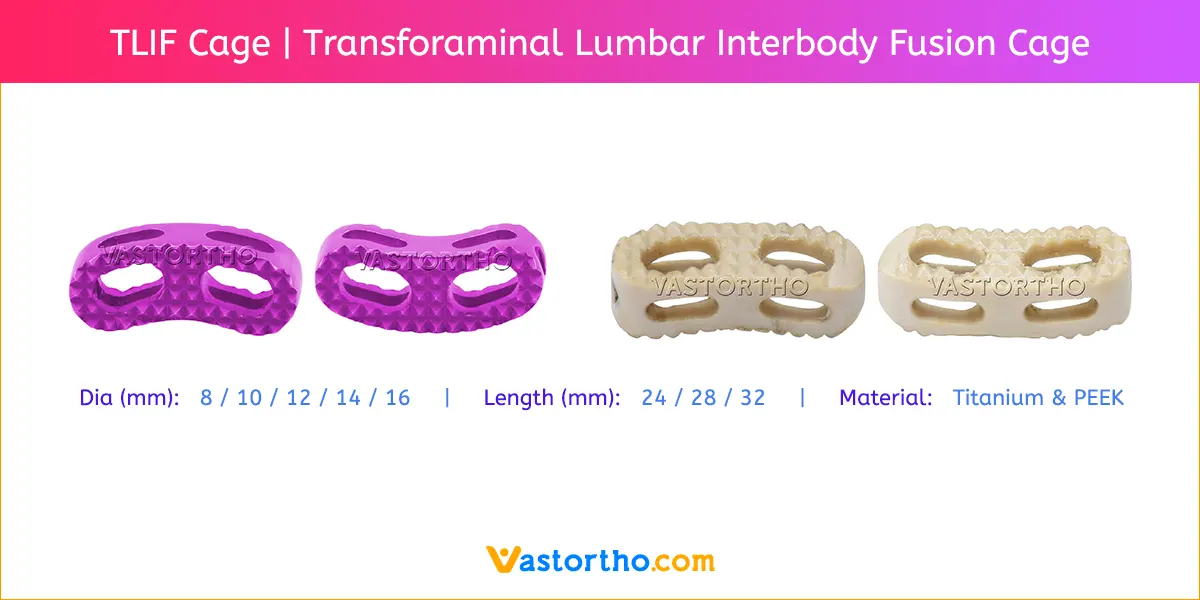Polyaxial Screw Advantage
Spinal fusion surgery has advanced significantly over the years, with the development of numerous implants and techniques targeted at improving patient results. The Polyaxial Screw is one such invention.
Below is the benefits and applications of Polyaxial screws in spinal fusion surgeries.
Improved Screw Placement Accuracy:
Polyaxial screws allow surgeons to modify the screw angle during surgery, allowing for more precise placement. This adaptability is especially important when dealing with complex spinal abnormalities since it allows the surgeon to tailor the screw trajectory to the patient’s specific anatomy. The risk of harming surrounding structures is reduced by optimising screw location while guaranteeing secure fastening.
Increased Fusion Rates:
The major goal of spinal fusion surgery is to achieve a strong fusion between the vertebrae, which promotes stability and relieves discomfort. Polyaxial screws are essential in this process. The ability to precisely position the screws allows for ideal vertebral body alignment and compression, facilitating the fusion process. Polyaxial screws’ increased rigidity stimulates bone growth and fusion, resulting in better fusion rates and long-term outcomes for patients.
Reduced possibility of screw pullout:
Compared to conventional screws, Polyaxial screws feature a design that allows for a bigger contact area with the bone. The chance of the screw loosening or dislodging after surgery is decreased by the increased contact area, which also improves the screw’s pullout strength. The increased stability contributes to maintaining the spine’s proper alignment and reducing the risk of device failure, which enhances the fusion procedure’s overall success.
Patient-Specific Adaptability:
Because each patient’s spinal structure is different, it can be difficult to insert screws correctly. Polyaxial screws offer a variety of angulation choices to solve this problem. In order to achieve the best fixation and alignment, surgeons can modify the screw angle to correspond to the patient’s unique anatomical requirements. This ability to adjust to each patient encourages personalised surgical care, which leads to better outcomes and increased patient satisfaction.
Promoting Minimally Invasive Methods:
Minimally invasive spinal fusion treatments have grown in popularity because to benefits such as reduced tissue damage, quicker recovery durations, and less postoperative pain. Polyaxial screws are ideal for minimally invasive techniques because they allow for more manoeuvrability through fewer incisions. The ability to modify the screw angle allows surgeons to handle difficult anatomy and perform the fusion process with precision, even in places with limited access.




